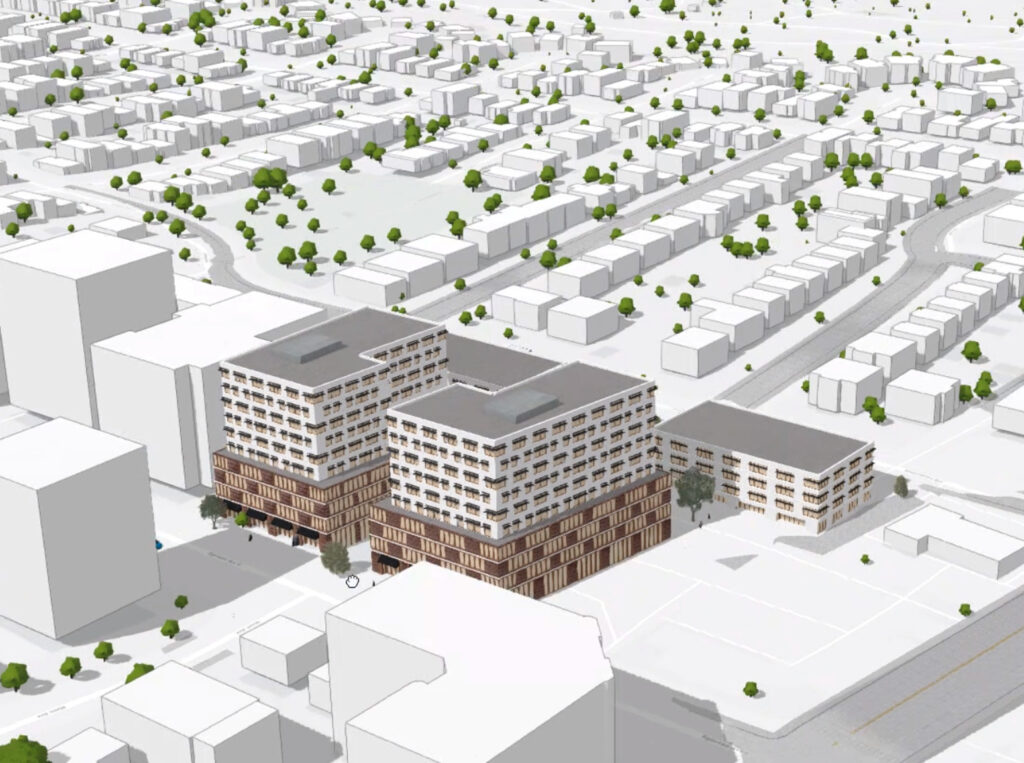

Rethinking Retail Land Portfolios: How to Grow Housing Supply
2021-2022
Public land is the obvious choice when it comes to finding sites for affordable housing. But what about the potential of private land portfolios? Can there be a way to balance the interests of large private landowners with public ones of affordable housing and other infrastructure?
Our study, completed in a partnership with Esri Canada asked these questions. We took six major retail chains that operate across Toronto, and using Esri ArcGIS software, generated hypothetical development scenario on their underused sites in the city. The results were stunning, revealing enormous potential to build housing and to provide spaces for social infrastructure. Sites occupied by these six large retail chains alone could deliver a total of 68,576 housing units. If even 10% were affordable units, this would translate into approximately 7,000 units.
The paper presents our findings and a commentary on the ways in which public bodies, non-profit organizations, and private landowners can work together to mobilize private owners of large real estate portfolios. Private landowners can significantly expand their role in the delivery of housing supply, including affordable housing, without compromising public needs or their interests.